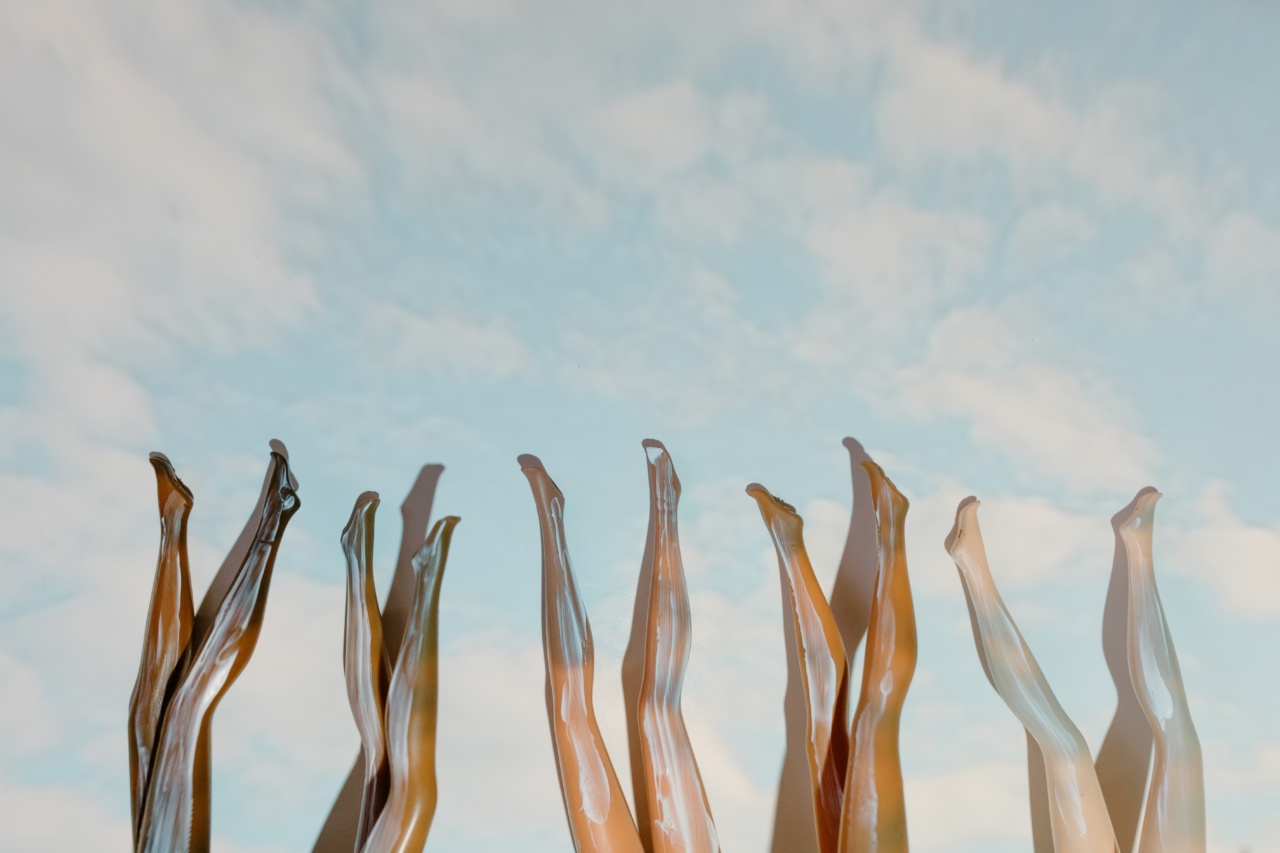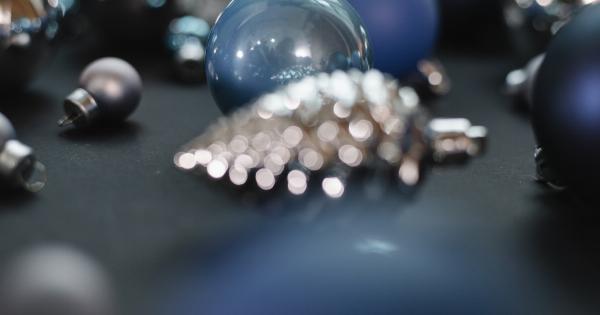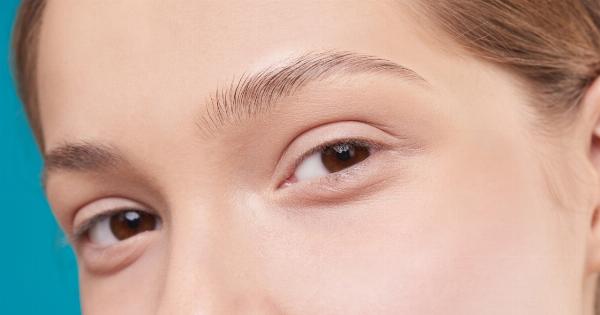With the increasing awareness of the harmful effects of UV radiation on the skin, sun protection has become an essential aspect of maintaining good skin health.
Prolonged exposure to the sun’s UV rays can lead to various skin conditions, including sunburn, accelerated aging, and even skin cancer. Therefore, it is crucial to choose adequate methods of sun protection, such as sunscreen, to safeguard our skin.
The Role of Sunscreen
Sunscreen is a widely used product that helps shield the skin from the damaging effects of the sun. Traditional sunscreens contain organic compounds that absorb and scatter UV rays, preventing them from penetrating the skin.
While these sunscreens provide a certain level of protection, recent advancements in technology have paved the way for more effective alternatives.
Nanoparticle-Based Sunscreen: An Innovative Approach
One of the groundbreaking developments in sun protection is nanoparticle-based sunscreen. Nanoparticles refer to particles with dimensions less than 100 nanometers.
These tiny particles display unique properties due to their small size, making them excellent candidates for various applications, including sunscreens.
How Nanoparticle-Based Sunscreen Works
Nanoparticle-based sunscreens utilize the unique properties of nanoparticles to offer enhanced UV protection. The two most commonly used types of nanoparticles in sunscreens are zinc oxide (ZnO) and titanium dioxide (TiO2).
These nanoparticles effectively block both UVA and UVB rays by acting as physical barriers and reflecting or scattering the UV radiation.
The Benefits of Nanoparticle-Based Sunscreen
Nanoparticle-based sunscreens have several advantages over traditional sunscreen formulations. Firstly, they provide broader-spectrum protection, safeguarding the skin from both UVA and UVB rays.
Additionally, these sunscreens are less likely to break down under sunlight, ensuring longer-lasting protection. Furthermore, nanoparticle-based sunscreens tend to be less greasy and leave less residue on the skin, making them more comfortable to wear.
Addressing Safety Concerns
Despite the numerous benefits of nanoparticle-based sunscreens, there have been concerns regarding their safety. Some studies have raised questions about the potential absorption of nanoparticles into the skin and their long-term effects.
However, extensive research has been conducted to address these concerns and ensure the safety of these sunscreens.
Scientific Studies on Nanoparticle-Based Sunscreen
A significant body of scientific research has been dedicated to investigating the safety and efficacy of nanoparticle-based sunscreens.
These studies have demonstrated that the nanoparticles used in sunscreens do not penetrate the deeper layers of the skin but instead remain on the surface, providing a protective barrier. Furthermore, they have not found any evidence of adverse health effects resulting from the use of these sunscreens.
Future Outlook and Advancements
Nanoparticle-based sunscreens continue to evolve and improve. Researchers are exploring new formulations and methods to enhance the effectiveness and safety of these sunscreens.
For instance, nanotechnology allows for the modification of nanoparticle surfaces, enabling better dispersion and reduced aggregation. This results in improved coverage and adherence to the skin, ultimately increasing the sunscreens’ UV protection capabilities.
Application and Usage Tips
When using nanoparticle-based sunscreens, it is essential to follow the instructions provided by the manufacturer.
Apply the sunscreen generously to all exposed areas of the skin and reapply it at regular intervals, especially after swimming or excessive sweating. It is also advisable to seek shade and wear protective clothing, such as hats and sunglasses, for additional sun protection.
Conclusion
Nanoparticle-based sunscreens offer a revolutionary approach to sun protection, with their ability to provide broad-spectrum coverage and long-lasting effects.
These sunscreens, incorporating the power of nanotechnology, have the potential to significantly reduce the risk of skin cancer caused by UV radiation. As research progresses and safety concerns are adequately addressed, nanoparticle-based sunscreens may become the go-to choice for individuals seeking reliable and effective sun protection.



























